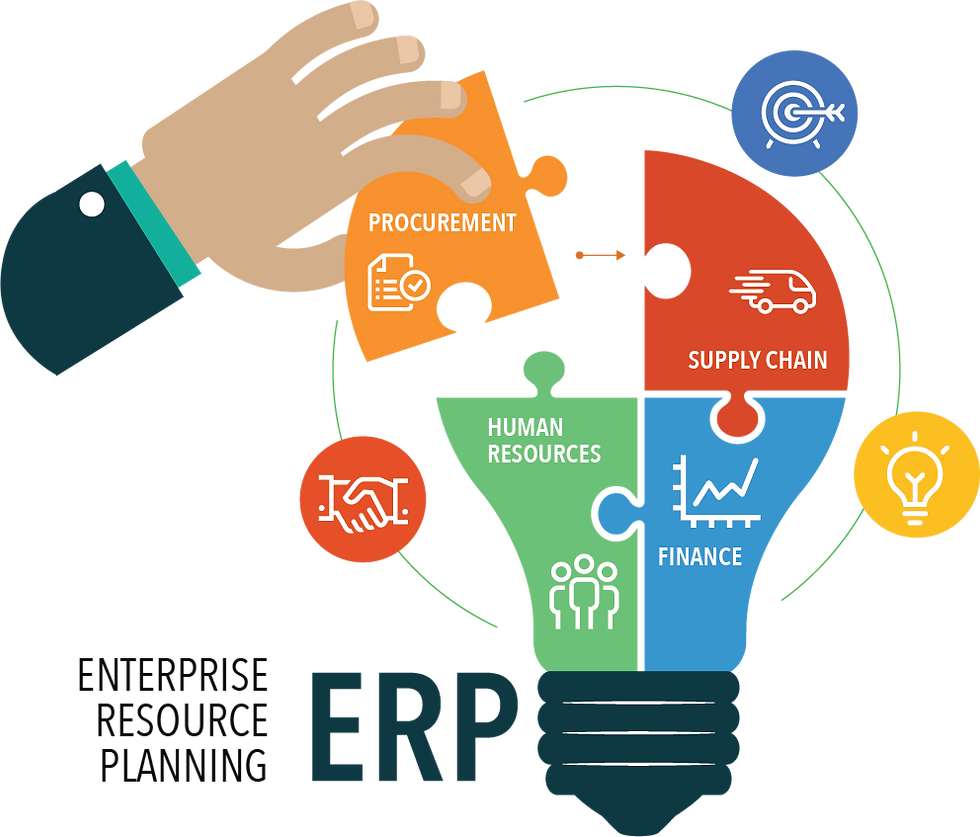Revolutionizing Libraries: The Power of Online Library Management Systems
- solutionscakiweb
- Mar 7, 2024
- 3 min read
Introduction
Libraries have been the cornerstone of knowledge dissemination for centuries, serving as repositories of information and fostering a love for learning. In the digital age, the paradigm of library management has undergone a significant transformation with the advent of Online Library Management Systems (OLMS). These systems leverage technology to streamline traditional library functions, making information more accessible, efficient, and user-friendly. In this blog post, we will explore the benefits, features, and future implications of Online Library Management Systems.
I. Evolution of Library Management Systems
Before delving into the digital era, it's crucial to understand the evolution of library management systems. Traditional libraries relied on manual methods for cataloging, circulation, and inventory management. The introduction of computerized systems in the late 20th century marked a substantial leap forward, but it wasn't until the internet era that libraries truly embraced the potential of technology.
II. Understanding Online Library Management Systems
Online Library Management Systems represent the convergence of library science and information technology. These systems are comprehensive platforms that automate and integrate various library functions, providing a centralized and user-friendly interface for both librarians and patrons.

A. Key Features of OLMS
1. Cataloging and Classification: OLMS automate the process of cataloging books, documents, and other resources, ensuring consistency in classification and making it easier for users to locate materials.
2. Circulation Management: Streamlining the borrowing and returning process, OLMS handle circulation tasks efficiently, reducing manual workload and minimizing errors.
3. User Management: These systems maintain user profiles, keeping track of borrowing history, preferences, and fines. This enables personalized services and facilitates communication between libraries and users.
4. Electronic Resource Management: OLMS integrate electronic resources such as e-books, articles, and databases, providing a seamless experience for users accessing both physical and digital materials.
5. Analytics and Reporting: Libraries can harness data analytics to gain insights into user behavior, resource popularity, and other metrics, facilitating informed decision-making and resource allocation.
B. Accessibility and User Interface: OLMS prioritize user experience, offering intuitive interfaces that are accessible from various devices. This accessibility is particularly crucial for reaching diverse user demographics.
III. Benefits of Online Library Management Systems
A. Enhanced Accessibility: OLMS break down physical barriers, allowing users to access library resources from anywhere with an internet connection. This is especially valuable for remote or online learning environments.
B. Efficiency and Time Savings: Automation of routine tasks reduces the time and effort required for administrative processes, enabling librarians to focus on more strategic aspects of their roles, such as community engagement and resource development.
C. Improved Resource Utilization: Analytics provided by OLMS help libraries understand resource usage patterns, enabling them to optimize collection development and allocate budgets more effectively.
D. Community Engagement: OLMS facilitate community interaction through features like online forums, reviews, and collaborative tools, fostering a sense of belonging and shared learning experiences.
IV. Challenges and Considerations
While Online Library Management Systems offer numerous advantages, it's important to acknowledge and address potential challenges, including issues related to data security, system reliability, and digital literacy. Librarians must prioritize staff training to ensure smooth implementation and ongoing system maintenance.
V. Future Trends and Implications
The landscape of library management is continually evolving. The future of OLMS may involve the integration of artificial intelligence for personalized recommendations, augmented reality for immersive learning experiences, and blockchain for enhanced security and transparency in resource transactions. As technology advances, libraries must adapt to remain relevant and continue serving their communities effectively.
Conclusion
Online Library Management Systems represent a significant leap forward in the evolution of libraries. By embracing technology, libraries can transcend physical boundaries, enhance efficiency, and engage with their communities in innovative ways. As we look toward the future, the integration of emerging technologies will further reshape the library landscape, ensuring that these vital institutions continue to thrive in the digital age.



Comments